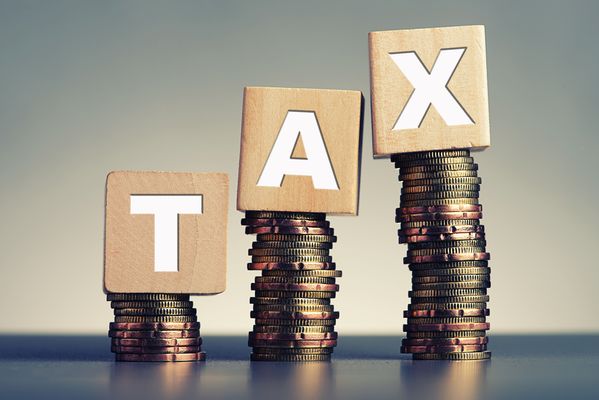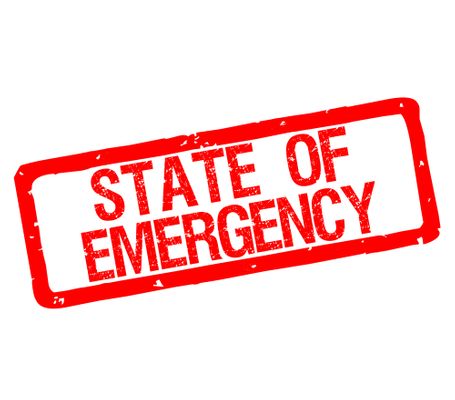2.1.2
Political Extremism & Crises, 1918-1932
Left Wing Uprisings Between 1919 and 1923
Left Wing Uprisings Between 1919 and 1923
Left wing extremist groups led a number of serious uprisings between 1919 and 1923.


Sparticist Revolt
Sparticist Revolt
- Communist revolutionaries seized key parts of Berlin 9-15 January 1919. Ebert asked the Army and Freikorps to suppress the revolt.
- The leaders, Luxemburg and Liebknecht, were shot by the Freikorps. Ebert’s request split the left-wing. The KPD never forgave him.


Soviet Republic of Bavaria
Soviet Republic of Bavaria
- The Soviet Republic of Bavaria was declared in March 1919. It was brutally put down in May by 30,000 army and Freikorps troops and the Ehrhardt Brigade.
- Anyone suspected of involvement in the Soviet was summarily executed.


The Hamburg Rising
The Hamburg Rising
- In October 1923 the KPD ordered a rising. Only 300 took part, but local people supported them by building barricades and providing food.
- The rebels left quietly after a few hours. Nevertheless, about 100 were shot dead, 300 wounded and 1,400 arrested.
Right Wing Uprisings Between 1919 and 1923
Right Wing Uprisings Between 1919 and 1923
There were several major right wing uprisings in Germany between 1919 and 1923.


Assassinations
Assassinations
- In 1921 the OC assassinated Erzberger. Erzberger had been attacked by the right-wing press for signing the Armistice and introducing tax reforms.
- In 1922 there was the assassination of Rathenau. Walther Rathenau was German, Jewish, wealthy, a nationalist and also liberal and pro Republic. He founded the DDP.
- Rathenau negotiated the Treaty of Rapallo with the USSR in 1922. Already a hate-figure for the right wing press, the OC assassinated him.


The Kapp Putsch 1920
The Kapp Putsch 1920
- The Kapp Putsch was led by Wolfgang Kapp, a Prussian civil servant, monarchist and nationalist; and General von Lüttwitz, a serving army officer.
- 12,000 Freikorps troops marched on Berlin.
- The army refused to fire on the Freikorps. Ebert’s government fled Berlin. A new government led by Kapp was announced.
- There was insufficient support for the putsch.
- The left-wing SPD and trade unionists organised a general strike in Berlin and an uprising in the Ruhr.


Consequences of the Kapp Putsch
Consequences of the Kapp Putsch
- No action was taken against von Seeckt, who had refused to do as ordered by the government.
- Participants in the Putsch were treated leniently – only one was punished. Over half were granted amnesty. Kapp died before he could be prosecuted.
- Participants of the Ruhr uprising were illegally executed by the Freikorps. The leaders were tried and given death sentences.


The Küstrin Putsch 1923
The Küstrin Putsch 1923
- As Stresemann brought passive resistance to and end, there was an attempted right-wing putsch at Küstrin, near Berlin.
- Illegal paramilitary groups within the German Army, called the Black Reichswehr, aimed to replace Stresemann’s government with a dictatorship.
- Other Reichswehr units prevented the Putsch. Its leaders were arrested for high treason and imprisoned. No-one else who took part was punished.
The Munich Putsch of 1923
The Munich Putsch of 1923
The Munich Putsch was one of the most serious threats from the right to the Weimar Government.


Context of the putsch
Context of the putsch
- Bavaria was a culturally distinct, independent-minded state that disliked both Prussia and the Weimar Republic.
- In 1923 Bavaria had a right wing, nationalist, monarchist, anti-Weimar Republic government.
- The Bavarian government opposed Stresemann’s ending of passive resistance in the Ruhr. It also thought his government too weak to tackle left wing threats.
- At the end of September 1923, the Bavarian state government declared martial law because of the upheavals in Germany.


Plans for the putsch
Plans for the putsch
- Adolf Hitler and World War One hero, General von Ludendorff, planned to march on Berlin, overthrow the Weimar Republic and impose a new government on Germany.


8 November 1923
8 November 1923
- On the night of 8 November, Hitler and the SA took control of a right wing meeting run by Otto von Lossow and Gustav von Kahr in a Munich beer hall.
- Under pressure, Lossow and Kahr promised loyalty to the Putsch and Ludendorff let them go. Meanwhile, the SA failed to seize the Munich army barracks.


9 November 1923
9 November 1923
- Ebert called a state of emergency.
- Lossow and Kahr warned about, and denounced, the Putsch.
- Ludendorff persuaded Hitler to march on Munich. He believed the army would support them because of Ludendorff's status and reputation.
- The march on Munich went ahead.
- Hitler, Ludendorff and 2,000 armed Nazis were met by soldiers and armed police.
- 16 Nazis and four police were killed.
- Ludendorff and Hitler were arrested.
,h_400,q_80,w_640.jpg)
,h_400,q_80,w_640.jpg)
Consequences of the putsch
Consequences of the putsch
- The leaders of the putsch were tried in February 1924 for treason.
- Ludendorff was acquitted. Hitler was given a light sentence of five years, but was released in December 1924.
- This indicates how much support there was in Germany for right wing government.
- The Nazi Party (NSDAP) was banned and Hitler banned from public speaking.
- But in the 1924 elections, the NSDAP was the third largest party in Bavaria.


Hitler taking advantage of his trial
Hitler taking advantage of his trial
- Hitler used this public platform to expound his views and gain national fame.
- While Hitler was in prison, he wrote Mein Kampf. This would become a bestseller.
1Political & Governmental Change, 1918-1989
1.1Creation & Collapse of Weimar, 1918-1932
1.2Nazi Dictatorship, 1933-1945
1.3Return to Democratic Government, 1945-1989
2Opposition, Control & Consent 1918-1989
2.1Opposition to Government, 1918-1989
2.2Controlling the People, 1918-1989
3Economic Developments & Policies, 1918-1989
3.1Reacting to Economic Challenges, 1918-1932
3.2Controlling the Economy, 1933-1945
3.3Creating the Social Market Economy, 1945-1989
4Aspects of Life, 1918-1989
4.1Attitudes Towards Women, 1918-1989
4.2Education & Cultural Developments, 1918-1989
5Historical Interpretations
5.1Influence of German History
5.2Hitler & Foreign Policy
5.3Contribution of Other Nations to WW2
5.4Reasons for Invading Poland
Jump to other topics
1Political & Governmental Change, 1918-1989
1.1Creation & Collapse of Weimar, 1918-1932
1.2Nazi Dictatorship, 1933-1945
1.3Return to Democratic Government, 1945-1989
2Opposition, Control & Consent 1918-1989
2.1Opposition to Government, 1918-1989
2.2Controlling the People, 1918-1989
3Economic Developments & Policies, 1918-1989
3.1Reacting to Economic Challenges, 1918-1932
3.2Controlling the Economy, 1933-1945
3.3Creating the Social Market Economy, 1945-1989
4Aspects of Life, 1918-1989
4.1Attitudes Towards Women, 1918-1989
4.2Education & Cultural Developments, 1918-1989
5Historical Interpretations
5.1Influence of German History
5.2Hitler & Foreign Policy
5.3Contribution of Other Nations to WW2
5.4Reasons for Invading Poland
Unlock your full potential with Seneca Premium
Unlimited access to 10,000+ open-ended exam questions
Mini-mock exams based on your study history
Unlock 800+ premium courses & e-books